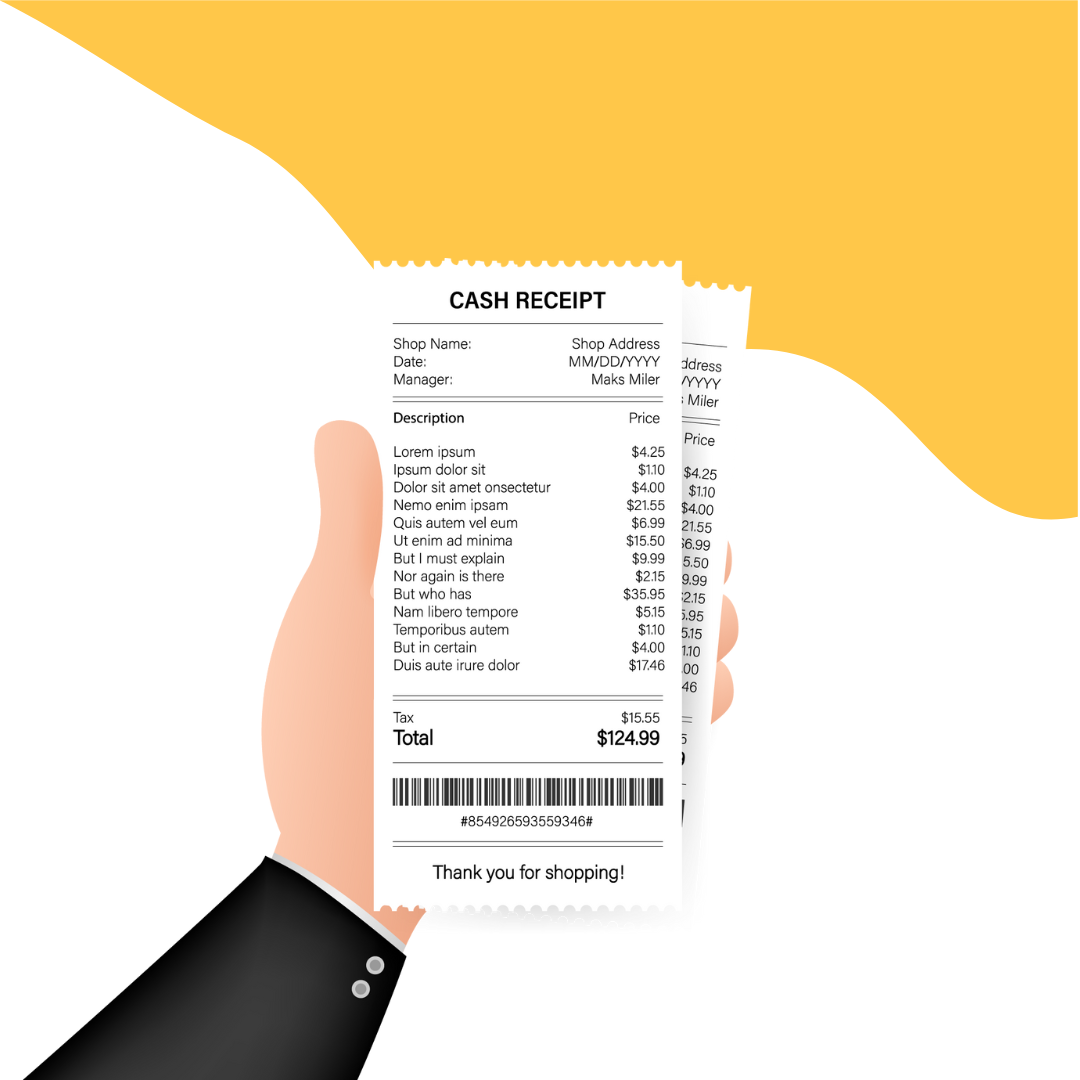⚽ Get Paid, Not Played: Stop Letting Fees Score Against You
Running a small business can sometimes feel like watching Spurs defend a 1–0 lead - you’re doing everything right, but somehow, something slips past you right at the end.
And in business, that “something” is often card machine fees and foreign exchange charges.
They chip away at your profits, invoice by invoice, while the banks and processors cheer from the sidelines.
Let’s fix that. Here’s how to tighten your defence and keep more of the match winnings in your pocket.
1. Your first tactic - get paid by bank transfer
If you can, always ask to be paid by BACS, standing order, or Direct Debit.
- It’s free (no card or transaction fees).
- It’s simple to track.
- And you keep 100% of your hard-earned cash.
How to add your bank details to invoices
FreeAgent
- Go to Settings → Email templates → Invoice template.
- Add your bank name, sort code and account number in the Payment Terms or Notes section.
- Clients will then see exactly where to send payment.
Xero
- Go to Settings → Invoice settings → Branding themes.
- Edit your invoice template and add your bank details in the Payment Advice box.
- Add a note such as “Please pay by BACS or standing order to the account below.”
QuickBooks
- Go to Custom Form Styles → Edit template → Footer.
- Add your business bank details in the payment section.
- Save and apply this style to all future invoices.
That’s your own “Pay by Bank” option — simple, clear, and fee-free.
2. The “Pay Now” button - quick, but not cheap
Online payments look convenient (and they are), but they come at a price.
If you use the “Pay Now” button in FreeAgent, Xero or QuickBooks, that payment runs through a provider — usually Stripe, GoCardless or PayPal — who take a cut every time.
| Provider | Works With | Typical Fees | Best For | Notes |
|---|---|---|---|---|
| Stripe | Xero, FreeAgent, QuickBooks | ~1.4% + 20p (UK cards), ~2.9% (foreign cards) | One-off card payments | Fast and slick, but watch out for FX mark-ups. |
| GoCardless | Xero, FreeAgent, QuickBooks | ~1% + 20p (capped at £4) | Regular or repeat invoices | Ideal for retainers or ongoing contracts. |
| PayPal | QuickBooks and others | ~2.9% + fee | Small or international payments | Familiar to clients, expensive for exchange rates. |
| SumUp / Zettle / Square | Outside invoice apps | ~1.69–2.5% | On-site trades & card readers | Handy for mobile work, but higher fees. |
💡 Example:
Invoice £1,000 and get paid by card — you’ll lose £15–£30 in fees before it even reaches your account.
Over a year, that’s a decent holiday or a new tool gone to the payment gods.
So yes — “Pay Now” speeds things up, but convenience has a cost.
3. Foreign clients - don’t let exchange rates beat you in extra time
If you’ve got overseas clients (especially from the US or Ireland), there’s a good chance you’re losing money without realising it.
When they pay, the exchange rate your bank gives you isn’t the one you see on Google — banks add 2–3% on top, plus transfer fees.
Here’s how to keep more of your payment:
-
Use a multi-currency account — like Wise Business, Revolut Business, or CurrencyFair.
- You can hold balances in USD, EUR, and GBP.
- Convert at real exchange rates with tiny fees (around 0.4–0.6%).
- Ask your clients to pay in their local currency, then convert when you choose.
-
Ask clients to send payments as “OUR”
- On SWIFT transfers, this means they pay all fees instead of sharing them.
-
Batch your conversions
- Instead of converting every single payment, move larger amounts less often to reduce costs.
-
And yes, FX fees are tax-deductible
- But it’s better not to pay them at all if you can help it.
4. Payment setup for each platform (made simple)
🟣 FreeAgent
- Add your bank details manually in invoice notes.
- Connect GoCardless (for direct debit) or Stripe (for cards).
- Payments automatically match your invoices for easy reconciliation.
🔵 Xero
- Connect Stripe, GoCardless, or PayPal in Invoice Settings → Payment Services.
- To encourage BACS, include your bank details in your branding theme or use “Pay by Bank powered by Stripe”.
- Reconciliation happens automatically through bank feeds.
🟢 QuickBooks
- Add your bank info in your invoice footer via Custom Form Styles.
- Enable QuickBooks Payments, Stripe, or PayPal if clients insist on cards.
- Fees are automatically recorded in your books.
5. The winning formation - lowest to highest cost
- Bank transfer (BACS / standing order) – 0% fees ✅
- GoCardless (Direct Debit) – low fee, reliable for regular clients
- Stripe / PayPal – fast but more expensive
- Wise / Revolut for FX – cheaper than banks for overseas work
- Card readers / POS – for trades on site, but priciest per transaction
6. The final whistle
You can’t always dodge fees, but you can stop giving away easy goals.
A few small tweaks, adding your bank details properly, choosing the right payment provider, and using multi-currency tools - can save hundreds every year.
And next time someone asks why you prefer bank transfer, just say:
“Because I’d rather not buy Visa’s CEO another yacht.”
Explore
-
Maximising Your Expense Claims: A Guide to Tax-Neutral Reimbursements and Scale Rate Payments
As an employee, you've probably had to incur expenses while on the job, such as travel
-
SDLT, LBTT and LTT hit of buying an investment property
Where a property is purchased in England or Northern Ireland and the consideration exceeds the relevant threshold, stamp duty land tax will be payable.
-
FreeAgent Clients Update : Welcome Smart Capture
FreeAgent has significantly enhanced its Auto Extract feature to help streamline expense management.



